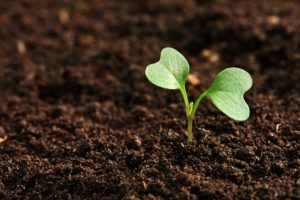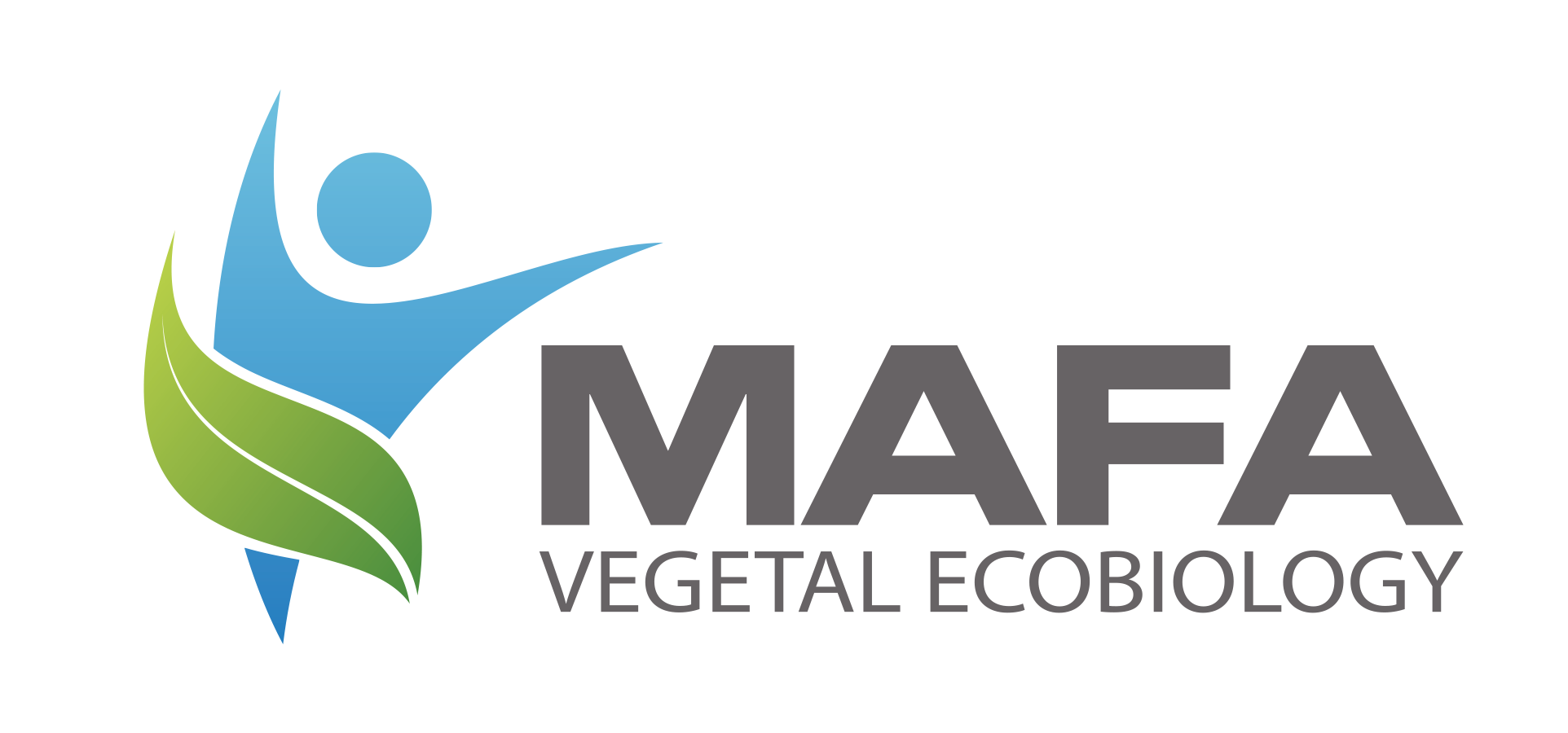Do you know what biostimulants used in agriculture are made of? Surely you know some of its components and perhaps others not. That is why we have prepared this list of substances, the most frequently used components of agricultural biostimulants.
It is clear that popularity of biostimulants is increasing and they are becoming common in the agriculture sector. The new products are continuously emerging to promote optimal vegetative growth of the plants or trees in our fields. Tt is also very important to know what these types of solutions are made of because we are using them on our plants.
At the end of the day the elements that compose them have many qualities and great capacities to activate vital functions of each plant, of course without residues or phytotoxicity. The EBIC (European Biostimulants Industry Council) refers to the functions of biostimulants as: “they benefit the absorption of nutrients, the efficiency of nutrients, tolerance to abiotic stress and the quality of crops.
Agricultural biostimulants: What are they made of?
Biostimulants are composed of humic-fulvic acids, amino acids, algae extracts and hormones, among many more other components. Do you know its benefits in crops and plants? Well, let us explain to you.
Amino acids
The amino acids are organic substances that are mainly used to synthesize vitamins, proteins, alkaloids and nucleotides. Free amino acids -they are free which is not linked to any other- are especially useful at the critical moments of any cultive. Why? Because they allow the plant to save significant energy at those times when it has to synthesize with a large number of elements (nitrogen, carbon, oxygen and hydrogen) to optimally perform its vital functions. The best known amino acids present in biostimulants are:
- L-glutamic acid
- Glycine
- L-methionine
- Folic acid
- Alginic acid
Biostimulants such as Optimar -a combination of acids (alginic, folic and gluconic)- or Glucox -with organic acids of natural origin- and biofertilizers such as Aminon WSP, Aminon Forte and Aminon Micro -the three with high content of free amino acids– included in their composition with this type of substances.
Algae
Algae extracts are other natural substances that biostimulants usually made up. Algae contain polysaccharides, alginates, macronutrients and micronutrients, polyphenols and mannitol among other elements. All of them are beneficial for the acts especially in the soil, they contributes to the water retention capacity, ion exchange or the development of the bacterial microflora of the soil. Among its effects are reinforcing the cell walls, improving the firmness and shelf life of the fruit, such as the biostimulant Greencal or the biofertilizer Aminon Mar.

We hear more and more about agricultural biostimulants. However, what are they made of?
Humic and Fulvic Acids
Humic substances are part of the organic matter of the soil because they are the result of the decomposition of plants, animals and microorganisms. Among them, there are humic acids and fulvic acids, which has a biostimulant effect on increasing the availability of phosphorus for the plant to protect against oxidative stress. It is the effect achieved by the Maxiplant Humic organomineral fertilizer, which favors the cation exchange of the soil and increases water retention.
Inorganics Compounds
There are chemical elements that promote the growth of plants and beneficial in their development such as aluminum (Al), cobalt (Co), sodium (Na), selenium (Se) and silicon (Si). Among the improvements reported in crops are the strengthening of cell walls, which creates the best defense against attack by pathogens, etc. For example, the Indumax biostimulant is a lignosulfonic aluminum complex that induces the defenses of our plants.
Fungi and Bacterias
There are also beneficial fungi and bacteria for agriculture as they interact with the roots of plants. Thus, they improve nutritional efficiency and protect crops against biotic and abiotic stress.
Hormones
Hormones are organic molecules that act in the vegetative growth of agricultural crops, but must be used in low doses. The most commonly used are auxins, cytokines, and gibberellins.
- The main natural auxin is indolacetic acid.
- Among the cytokines, the best known is zeatin, which in this case serves mainly to stimulate the development of the fruit and the sprouting of new buds.
- Gibberellins also fulfill many functions such as inducing seed germination or stem growth.
In this case, there is the Balance biostimulant. It has auxins and cytokines to stimulate cytokinesis, that is for the cell division and improve flowering.
As we see, behind the word biostimulant there are enormous amount of organic and inorganic substances and natural elements that provides us to find solutions on the problems of cultivation. Always, with the perspective of sustainability.




